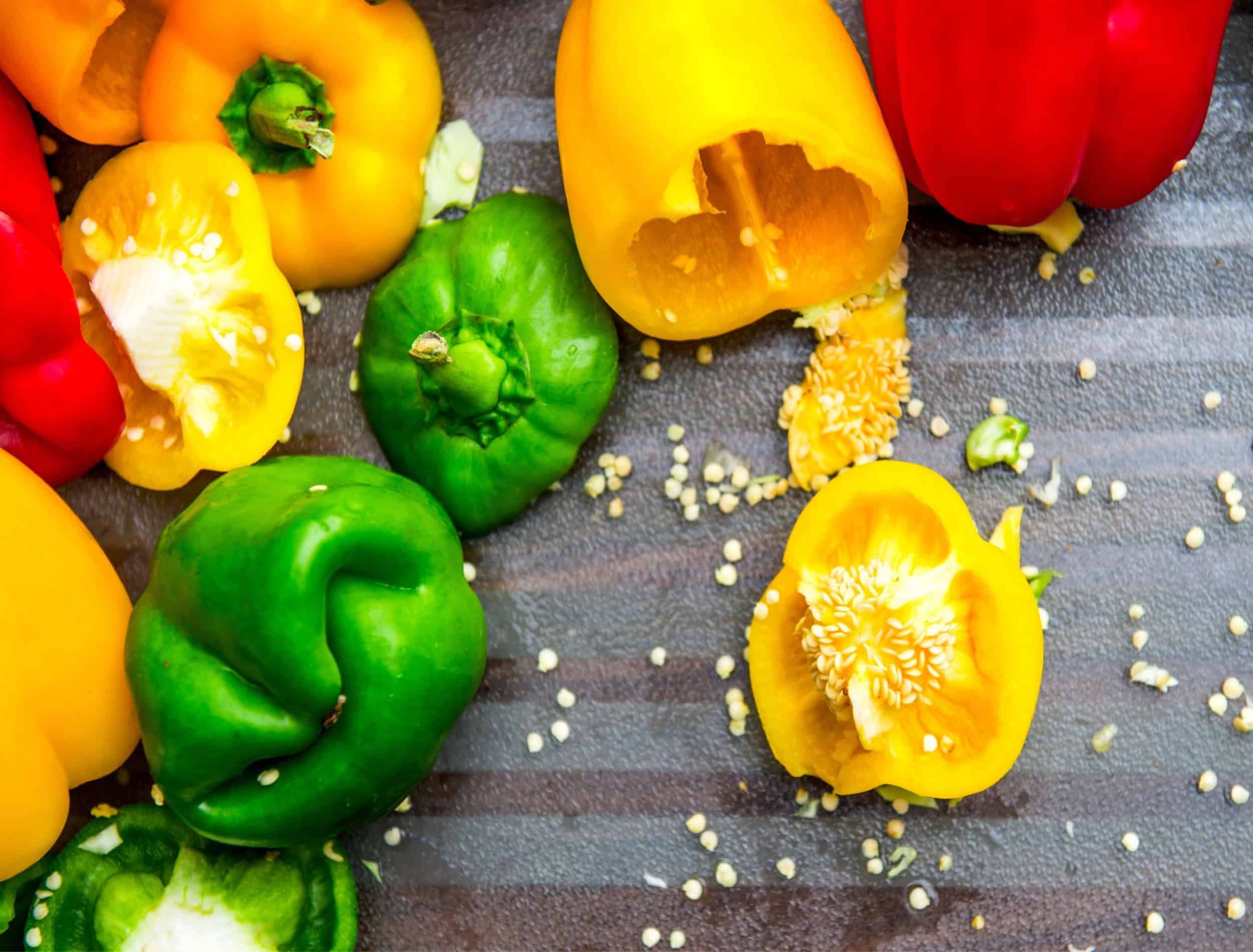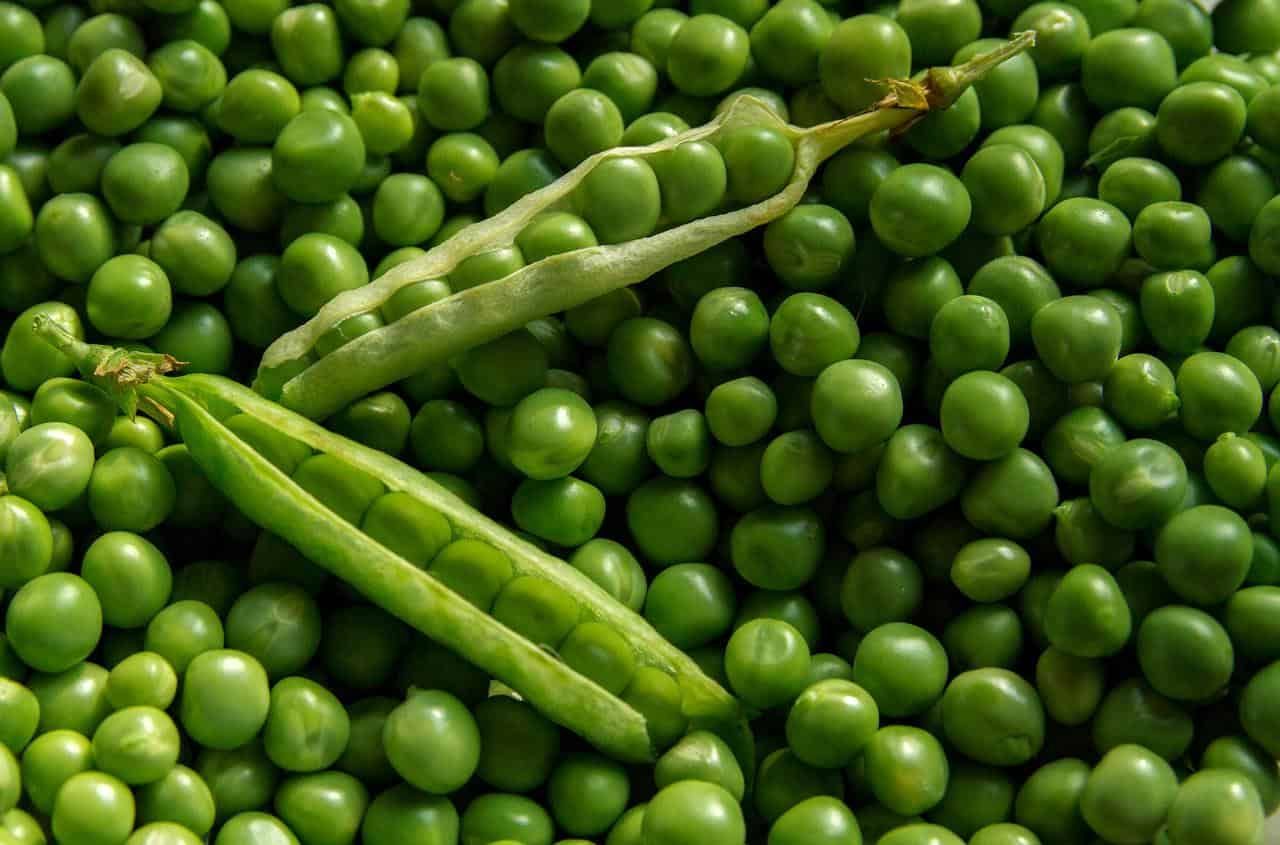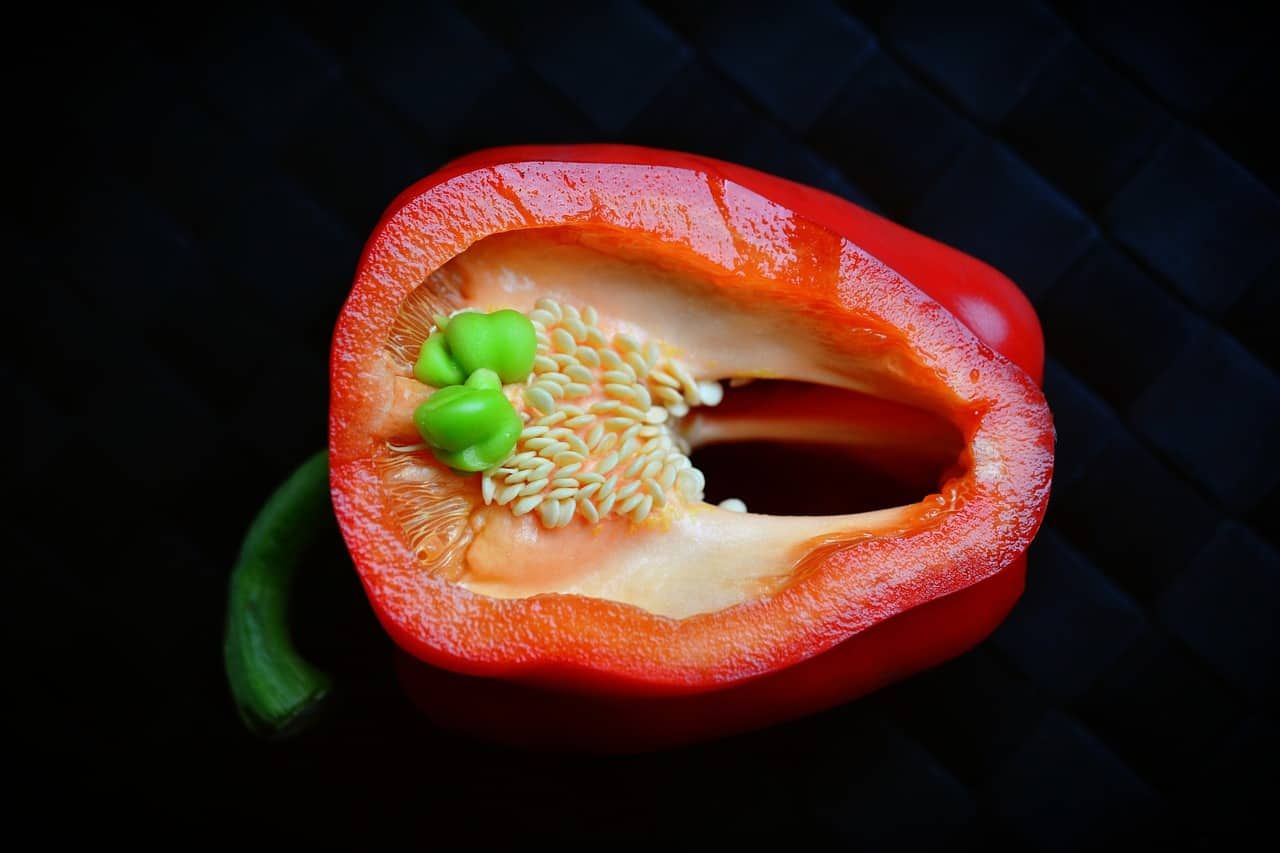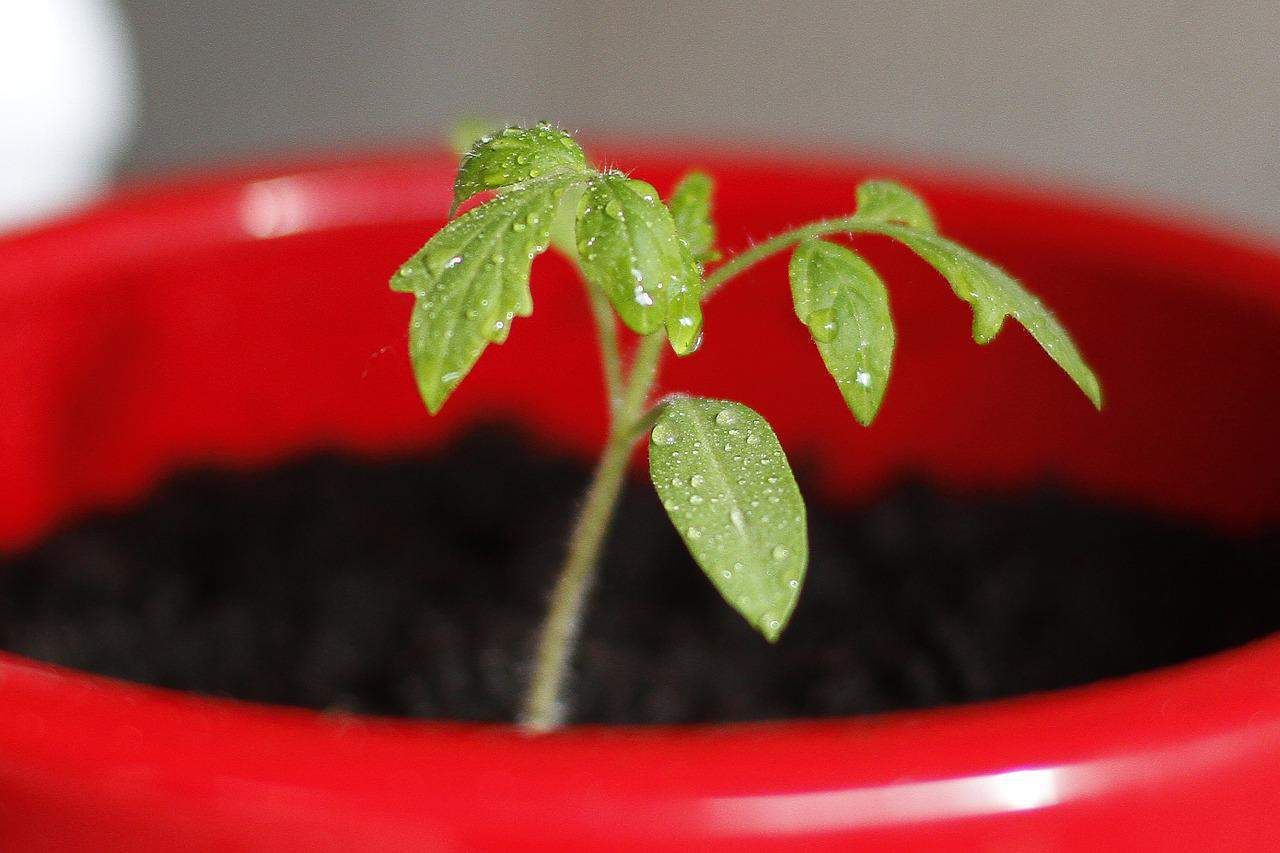Saving seeds from your vegetable garden can be a cost-effective way to prepare for the next growing season. It is an age-old strategy that allows farmers and gardeners to gather seeds from parent plants for the following year.
Thanks to this method, you will collect vegetable seeds from plants that have already thrived in your soil and climate with developed disease resistance. You can select the most vigorous plants grown in your garden for seed harvesting, allowing you to save the cream of the crop from this year's harvest.
In this article, we will share the three steps to seed-saving basics.
Materials Needed
Image credits: Imagesbybarbara via Canva
Saving seeds from your vegetable garden isn't a difficult task. However, to do it right, equip yourself with a few things. Below we listed the most essential equipment for this job:
- A sharp knife
- Latex or rubber gloves (for spicy plant varieties like hot peppers)
- Glass jars
- Water
- An airtight container, such as a tightly sealed glass containers
- silica gel desiccant packs or powdered milk
- Labels and a marker
Seeds Saving from Your Vegetable Garden
Step One: Selecting Seeds To Save
Image Credits: piviso from Pixabay
Certain vegetables lend themselves better to seed saving, with the best yields coming from tomato, pepper, peas, and bean plants. The reason for this is that the plants listed above are self-pollinating.
Self-pollinating plants can reproduce without pollinators, such as insects or bees. They're able to produce pollen that will pollinate their own flowers.
In contrast, cross-pollinating plants require pollinators to spread spores to other plants. The reason for choosing self-pollinating plants is that they are much easier to germinate and plant, yielding more crops.
Another consideration when selecting plants to save seeds is whether they are open-pollinated varieties. Often referred to as heirlooms, open-pollinated vegetables can produce an almost identical plant when planted in the next year. One advantage of having the same plant from year to year is knowing what will grow exactly when planting the seeds.
Step Two: Harvesting seeds
Image Credits: congerdesign from Pixabay
To get the best seeds from the plants, wait until they are fully ripe.
When it comes to green peppers, postpone until they are fully mature, even a little wrinkled before picking out seeds. Then, cut them open, pull our the seeds, and let them dry.
To harvest seeds from tomato plants, pick a ripe tomato off the vine, scoop out the seeds and the flesh of the tomato, and place this in a glass jar with some water. Every day, pick up the jar and swirl it around. Eventually, after five days, the seeds from the tomato plants will separate and sink to the bottom. It happens because the tomato juices ferment, and the seeds become too heavy to float.
To prevent losing seeds, you can place a cheesecloth over the outside of the jar. It will allow all the liquids to drain out. Lastly, take the tomato seeds and set them out to dry on a paper towel. Dry the seeds before you move on to the next step of preserving them.
Peas and beans require a little more consideration when drying. Although it may seem counterintuitive, allow the beans and peas to stay on their plants until they are dry and brown. You should be able to shake the vegetables and hear seeds moving around inside. Then, scrape out the seeds and allow them to dry further. Now, you're ready for next season.
Step Three: Preserving seeds for next year
Image Credits: Kristina from Pixabay
The trickiest part of saving seeds is to keep them dry enough to use the following year. Too much moisture can cause bacteria and mold to build up, ruining your seeds. To not let it happen, seal up your seeds in an airtight container and place a desiccant inside. Desiccants are materials that absorb moisture and keep seeds dry; some of the best desiccants include silica gel packs or powdered milk.
Store seeds indoors or in a dry place at a room temperature between 32 degrees Fahrenheit and 43 degrees Fahrenheit, avoiding humidity.
Also, label the seeds to know what's in each container. It's difficult to identify different varieties of plants, especially if you have several types of pepper or tomato seeds.
Plan Ahead
Saving seeds can not only save you money but also allow you to customize the plants that would grow in your garden, selecting the healthiest ones to plant next year.
If you dry the seeds completely and store them in an airtight container, you will enjoy growing them in your garden the following years!
Let us know what you think about saving seeds in the comment section below!





